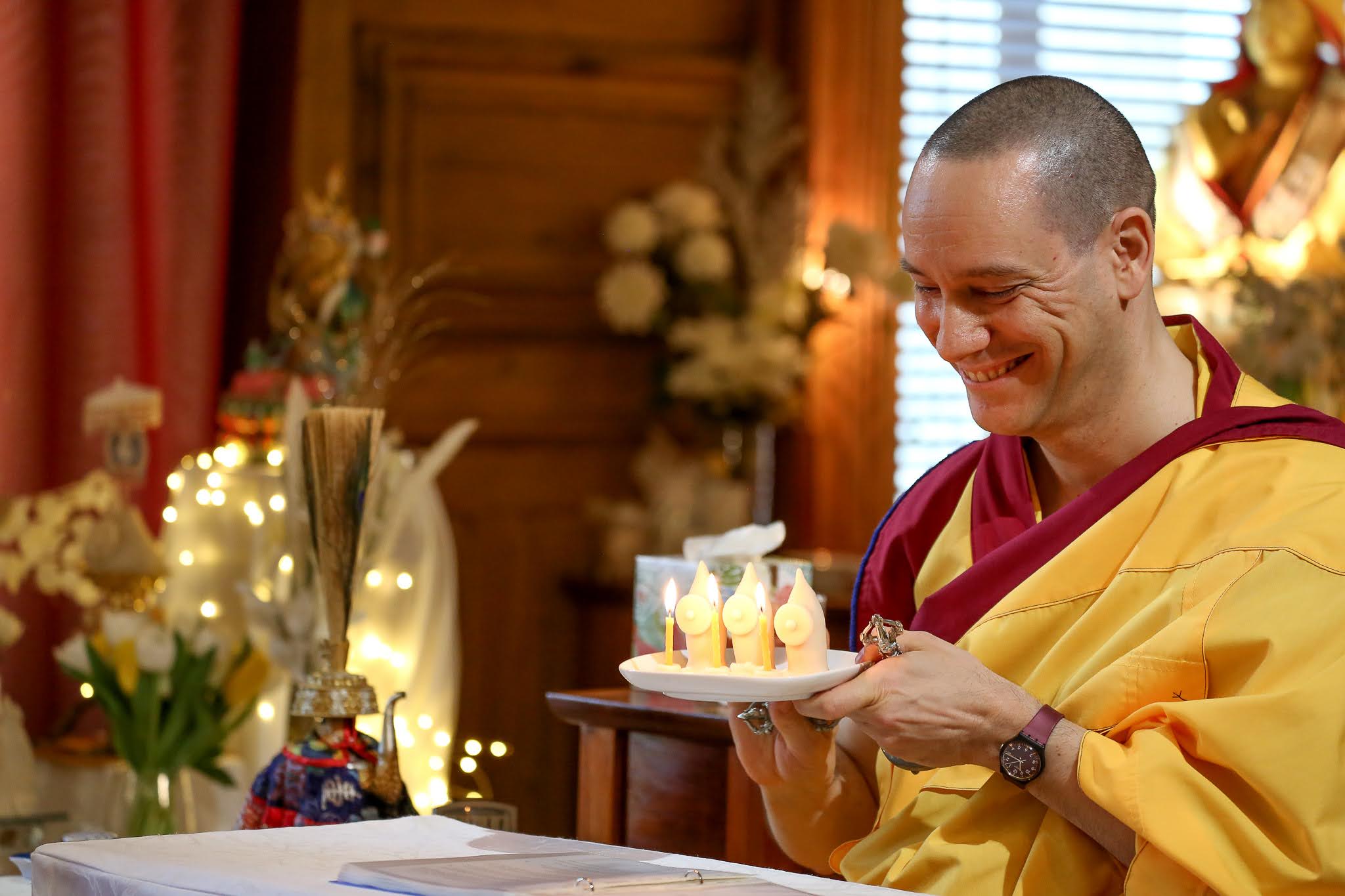How To Invest In Your Health & Stick To Your Budget, From A Money Coach
Wellness investments shouldn't stress you out—that defeats their purpose.


August 24, 2022 — 11:31 AM
Invest in your well-being: In this financial wellness series, we're diving into how to better budget for your physical, mental, and emotional health. Welcome to Wellth Check.
Billboards, Instagram ads, and commercials alike are cluttered with products and experiences that promise to make you look better or feel healthier in the name of wellness. For their marketing purposes, all it takes is one purchase, and boom—you’re suddenly more well than you were before, or at least you think you are momentarily.
Here’s the thing: Wellness isn’t something that can be flat-out bought. That being said, certain investments, whether it be for mental, physical, or spiritual wellness, can cost a pretty penny—especially given the rising prices. And given all of the information thrown at you on a daily basis, choosing where to spend and where to save isn’t an easy task.
Here, financial expert and money coach Haley Kowalewski (AKA @femmefinancialcoaching on Instagram) tells mbg exactly how to create the ultimate wellness budget because investing in your health and wellbeing is important, but it shouldn’t be stress-inducing.
How to create a wellness budget.
1. Decide where wellness purchases fall in your priorities list.
First things first—determine what wellness activities and products you’re considering. A list of some frequently financially hefty investments:
Some people prioritize wellness more than others, and that’s okay. “Investing in your health is super, super important,” Kowalewski reiterates. However, she notes that money going into your wellness budget will have to come out of something else, so keep that in mind.
Action item:
Make a list of your financial priorities and see where wellness falls. If it’s near the top, yet you’re pouring money into other activities or products every month and coming up short for your wellness investments, you may want to reevaluate your spending habits.
2. Figure out what’s worth splurging on.
Not every wellness product or activity is splurge-worthy, especially for those trying to save a few bucks. As mentioned above, wellness marketing can easily convince you that nothing is DIY-able, but some things most certainly are.
Therapy? Not DIY-friendly. A turmeric and honey face mask? Definitely something you can whip up on your own if you're looking to save $50. In order to figure this out, run through your list of wellness activities and products while pondering these questions:
Action item:
Looking at your list of wellness products and activities, double-check to make sure you’re not buying something that you could do or make on your own. Ask yourself if the investment is worth it and how frequently you actually need to purchase it. This will help you find room to save within your wellness budget.
3. Don’t impulse buy—leave it in your cart.
As mentioned above, you should be asking yourself what value a product or service will bring into your life in order to make a financially smart decision. However, there’s another trick Kowalewski swears by: Don’t purchase something the first time you’re seeing it or thinking about it.
If you’re online shopping, leave the item in your cart for at least 24 hours before purchasing. If you’re at the store, come back a day or two later if you feel pulled. If you keep thinking about something (not just seeing it on an advertisement), “That’s when you know you really want it,” Kowalewski says.
This will help you avoid targetted ads that try to convince you that you absolutely need something you didn’t even know about a few minutes previous. Remember that your investments, especially big ticket items, should be filling a gap or providing substantial value to your wellbeing.
Action item:
Avoid buying items and experiences at first glance. Before you buy, leave the item in your cart or at the store for at least 24 hours. This will ensure that you’re buying something you truly want or need rather than acting on impulse.
4. Try new things commitment-free when possible.
“Always look for promotions,” Kowalewski says. Whether it be trying out a new gym, testing a product and actually committing to the money back guarantee on the label, or searching on coupon websites for deals—there’s so much room to save by testing things first.
This will help you avoid overcommitting to something you’re not even sure you’re going to find worthy of your money. What’s more, you’ll have a chance to try out different products and experiences to find the best one for you rather than settling for what you may have pre-invested in.
The hardest part, Kowalewski warns, is learning to separate what you want from what those around you want. If your best friend pays $500 a month for a gym membership but you only have time to go with them once or twice a week, it’s probably not worth the price for you—even if it is for them.
Kowalewski frequently reminds her clients that while you may not know this at first, many membership and subscription-based services have a variety of commitment levels. You don’t have to be all in, all the time. Especially if you’re in the early stages of trying something new, it’s best to go with the most affordable option and work your way up.
Action item:
When you decide a big ticket item is worthy of your funds, plan it out on pen and paper. Don’t jump the gun with larger purchases—always save up until you have the amount in full before purchasing. Put it on your credit card, but not without the cash saved up beforehand.
5. When possible, plan it out.
If there’s a service you want, a wellness retreat you want to go on, or an expensive item you’re excited about buying, save up for it. Every month, put aside a bit of money toward this expense and plan it out (read: physically write it down) to ensure you’ll have the amount in full by the date of payment.
Not only will this show how much you truly want (or don’t want) the item or experience, but it will also help you avoid going into debt. If you impulse buy something out of your budget, you’ll be paying it off for months to come. Not to mention, the stress of credit card debt won’t exactly positively contribute to your wellbeing.
Action item:
Before committing to a membership, subscription or expensive product, test it out. You’ll be surprised what promotions and free trials you can find when you search the web and ask around.
While the targetted ads may try to convince you wellness is store-bought, that’s not the case. Wellness-focused products and experiences, however, can certainly bring value to your life and spark joy. It’s important to invest in your health but to do it mindfully. With these tips in mind, you’ll be able to create a wellness budget that works for you, not against you. Remember: The goal is well-being, so anything that is inducing financial anxiety might not be worth your hard-earned money.
Reset Your Gut
Sign up for our FREE doctor-approved gut health guide featuring shopping lists, recipes, and tips
You are now subscribed
Be on the lookout for a welcome email in your inbox!
https://www.mindbodygreen.com/articles/wellness-world-can-feel-expensive-how-to-deal

 Lynk
Lynk 






























